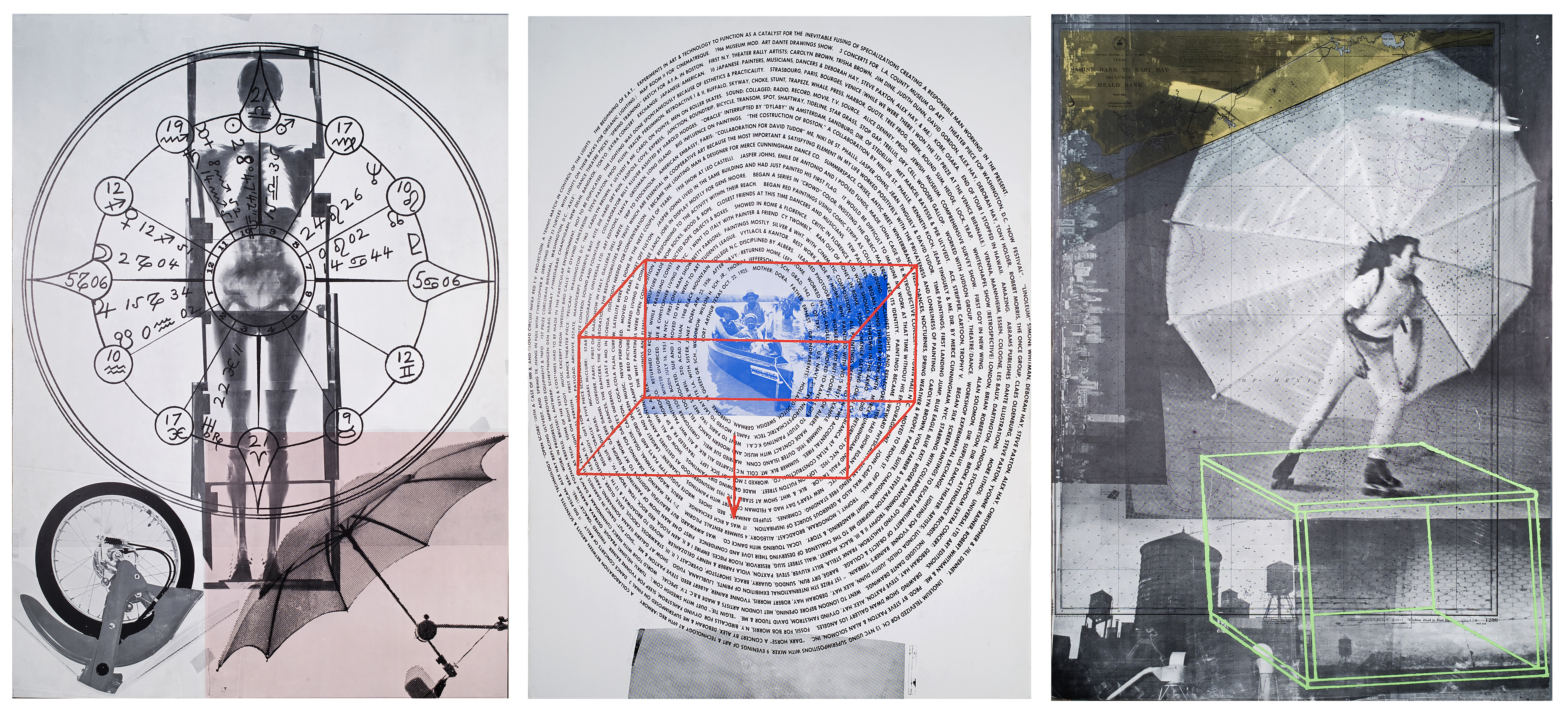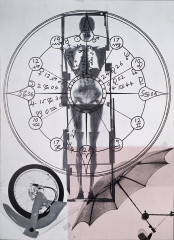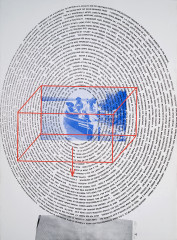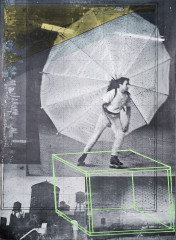Robert Rauschenberg
(Port Arthur, Texas, 1925 - 2008, Captiva Island, Florida)
Autobiography
1968
offset lithograph on paper
66 x 48 in. (167.6 x 121.9 cm)
Collection of the Akron Art Museum
Museum Acquisition Fund
2003.49 a-c
© Robert Rauschenberg Foundation
More Information
One of the most influential American artists of the 20th century, Rauschenberg died on May 12, 2008. Believing that “the artist's job is to be a witness to his time in history,” he consistently turned to his surroundings for the raw materials and inspiration for his art. Autobiography, a triptych (an artwork having three parts), was printed with the type of press used to make commercial billboards. It was sponsored by a press that promoted artists’ use of new technology to produce fine art prints on a scale that was previously unattainable. An otherwise enigmatic figure, Rauschenberg paradoxically used this “public” medium to offer an intimate glimpse into his personal history. The left panel depicts a composite x-ray of Rauschenberg's body overlaid with his astrological chart. The center panel features a childhood photograph of the artist with his parents near his home of Port Arthur, Texas. The surrounding spiraling text, resembling a giant fingerprint, contains biographical notes on his personal and artistic life. In the right panel, Rauschenberg incorporates a photograph of himself clad in an open parachute and rollerskates from his 1963 performance piece 'Pelican.' Much of the imagery in Autobiography refers to the artist’s intense engagement in the 1960s with performance and dance, perhaps an aspect of his career he wished to emphasize.
Keywords
Self portraitsPerformance Art
Lithography
Text in art
Skeleton





